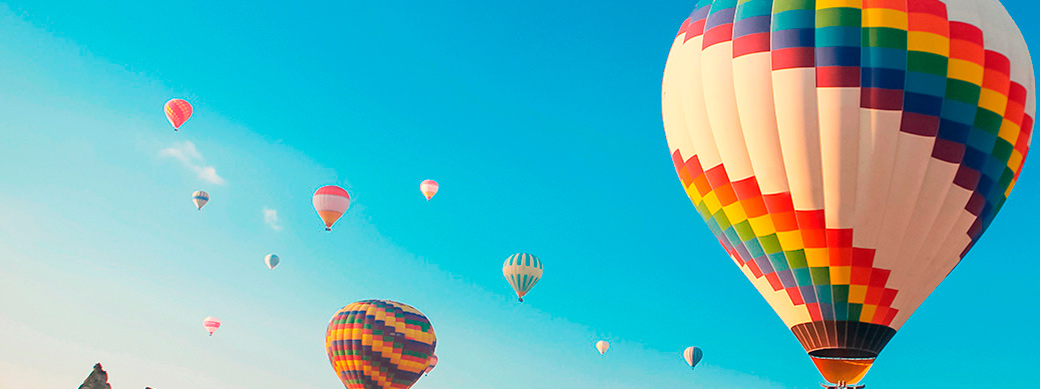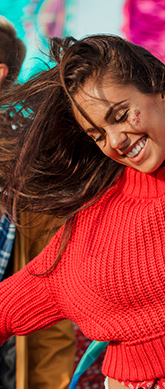In 1976, French singer Joe Dassin released his 10th-anniversary album named Le Jardin du Luxembourg. The title composition of the same name lasts almost 12 minutes, and in it, the singer confesses his love for the Luxembourg Gardens. “First you come here as a child, and your boats float in the pool, then you meet a girl, then you walk here with your own child, and then the only thing you are left are your memories…” Rilke, Brodsky, Akhmatova confessed their love for this garden in their verses, too.
Three centuries ago, a new countryside residence of Marie de’ Medici appeared in Paris as the embodiment of the longing of the widow of King Henry IV for her homeland. The city’s boundaries expanded over time, and now “little Tuscany” is in the center of the French capital.
The 23 hectares of the park can be divided into three sections. In the central one shines the Luxembourg Palace, similar to a palazzo, with a huge fountain in front of it. Unlike usual benches, single chairs for rest, similar to sunchairs, surround the fountain. The alley of royalty is also included in the central part: the gallery of female statues counts several dozen queens and duchesses of France. In the northeastern part of the garden, the chief attraction is the Medici fountain, imitating an Italian grotto surrounded by old plane trees. The fountain flows into a goldfish pond. This corner of the garden is especially lovely in autumn. The third part of the garden, in the southwest, is the quietest and resembles a forest. It ends with a garden with fruit trees. For more than two centuries, its fruit have been served to senators (they sit in the Luxembourg Palace), and surplus fruit are traditionally distributed to the poor. The oldest apiary in France has been located in the same section of the gardens for more than 150 years.
Everyone will find something to their liking in the Luxembourg Gardens. Children can sail toy boats in the pond in front of the palace (available for rent), ride donkeys or ponies, play in the playground. There are pitches for playing basketball and volleyball, and in the greenhouse, contemporary art exhibitions are held. Or you can sit on the lime green lawn and, like the characters of Edouard Manet’s painting “Luncheon on the Grass,” have a picnic with coffee and croissants.



